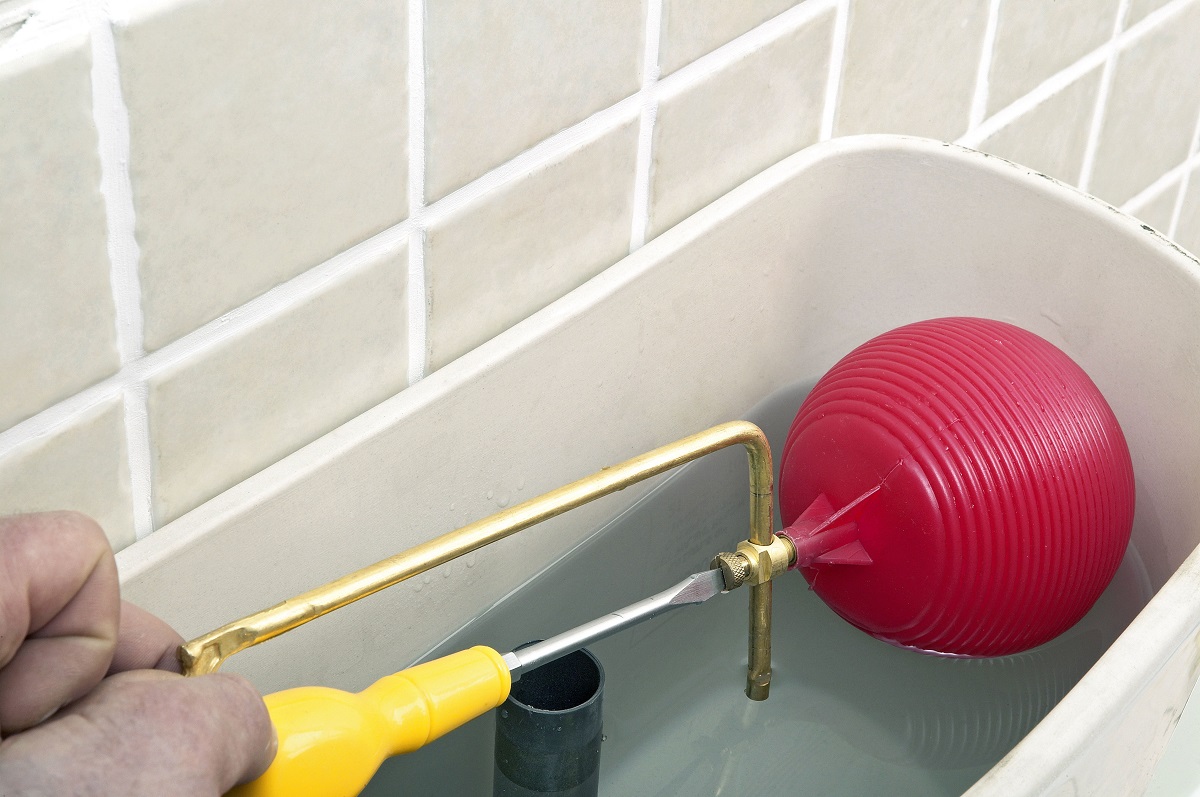

Articles
How To Replace Toilet Float
Modified: January 6, 2024
Learn how to replace a toilet float with our informative articles. Find step-by-step instructions and expert tips to fix your toilet float easily.
(Many of the links in this article redirect to a specific reviewed product. Your purchase of these products through affiliate links helps to generate commission for Storables.com, at no extra cost. Learn more)
Introduction
Replacing a toilet float is a common maintenance task that homeowners may have to tackle at some point. The float, also known as a ballcock or fill valve, is responsible for regulating the water level in the toilet tank. Over time, the float may become faulty or start to malfunction, causing issues such as constant running water or inconsistent flushing. If you’re experiencing any of these problems, it’s essential to replace the toilet float to restore proper functionality.
In this article, we’ll guide you through the step-by-step process of replacing a toilet float. We’ll cover all the necessary tools and materials you’ll need, as well as provide detailed instructions to make the task more manageable. Whether you’re a seasoned DIY enthusiast or a beginner, this guide will help you successfully replace the toilet float and ensure your toilet works efficiently.
Before we begin, it’s important to note that these instructions are intended for general reference only. Always refer to the manufacturer’s instructions specific to your toilet model for accurate guidance. Additionally, exercise caution when working with plumbing fixtures and shut off the water supply before starting any DIY plumbing project.
Now, let’s gather the necessary tools and materials to get started on replacing the toilet float.
Key Takeaways:
- Proper maintenance of the toilet float is crucial for preventing water-related issues. By following the step-by-step guide, homeowners can efficiently replace the float and restore their toilet’s functionality, ensuring a more reliable bathroom experience.
- Testing and adjusting the new float is essential to prevent water wastage and overflow problems. With patience and attention to detail, homeowners can successfully reconnect the water supply and enjoy a fully functioning toilet system.
Read more: How To Adjust Toilet Float
Step 1: Gather the Necessary Tools and Materials
Before you begin the process of replacing the toilet float, it’s important to gather all the necessary tools and materials. Having everything prepared will help streamline the process and prevent any unnecessary delays. Here’s what you’ll need:
- Adjustable wrench: This tool will be used to loosen and tighten various connections.
- Sponge or towels: These will come in handy for cleaning up any water that may spill during the process.
- New toilet float: Purchase a replacement toilet float from your local hardware store or online. Make sure it is compatible with your toilet model.
- Teflon tape: This tape is used to create a watertight seal on threaded connections. It will be used later on in the process.
- Bucket or container: You’ll need a bucket or container to empty the water from the toilet tank.
Once you have gathered these tools and materials, you’re ready to move on to the next step of the process: shutting off the water supply.
Step 2: Shut Off the Water Supply
Before you start working on replacing the toilet float, it’s crucial to shut off the water supply to the toilet. This will prevent any water from flowing into the tank while you’re making the necessary repairs. Follow these steps to shut off the water supply:
- Locate the water supply valve. It is usually located behind or near the base of the toilet on the wall.
- Turn the valve clockwise to shut off the water supply. This will stop the flow of water to the toilet tank.
- Flush the toilet to drain as much water as possible from the tank.
- Use a sponge or towels to soak up any remaining water in the tank. This will help prevent spills when you detach the old float.
Once you have successfully shut off the water supply and removed as much water as possible from the tank, you can proceed to the next step: emptying the tank.
Step 3: Empty the Tank
Now that you have shut off the water supply, it’s time to empty the tank of any remaining water. Follow these steps to ensure a smooth and mess-free process:
- Place a bucket or container beneath the tank to catch any water that may spill out.
- Locate the flapper valve at the bottom of the tank. This is the mechanism that allows water to flow from the tank into the toilet bowl when you flush.
- Lift the flapper valve or use a small weight or object to prop it open. This will allow the water in the tank to drain into the bucket below.
- Wait for the tank to empty completely. It may take a few minutes for all the water to drain out, so be patient.
- Once the tank is empty, remove any remaining water using a sponge or towels.
Emptying the tank is an essential step before detaching the old float. It helps prevent any water from spilling or causing damage during the replacement process. With the tank now empty, you can move on to the next step: detaching the old float.
Step 4: Detach the Old Float
With the tank empty, it’s time to detach the old float from the toilet fill valve. Follow these steps to remove the old float:
- Locate the fill valve inside the tank. It is usually a tall cylindrical or tower-like structure located on one side of the tank.
- Use an adjustable wrench to gently loosen the nut at the base of the fill valve. This nut connects the fill valve to the water supply line.
- Once the nut is loosened, carefully detach the water supply line from the fill valve. You may encounter some water remaining in the line, so be prepared to catch any spills with a towel or sponge.
- Next, locate the float arm attached to the fill valve. This arm is connected to the float and helps regulate the water level.
- Look for a small clip or adjustment mechanism on the float arm. Depress or release this clip to detach the float from the arm.
- Once the float is detached, carefully remove the old float from the fill valve.
Take your time and be gentle when detaching the old float to avoid causing any damage to the fill valve or other components. With the old float removed, you’re ready to move on to the next step: installing the new float.
When replacing a toilet float, make sure to turn off the water supply to the toilet before starting. This will prevent any water from leaking out while you work.
Read more: How To Replace An Rv Toilet
Step 5: Install the New Float
Now that the old float has been removed, it’s time to install the new float in its place. Follow these steps to properly install the new float:
- Take the new float out of its packaging and examine it. Ensure that it is the correct size and compatible with your toilet model.
- Insert the new float into the fill valve, aligning it with the opening at the top.
- Attach the float to the float arm using the clip or adjustment mechanism. Make sure it is securely fastened.
- With the float properly attached, position the fill valve back into the tank.
- Align the base of the fill valve with the mounting hole at the bottom of the tank.
- Tighten the nut at the base of the fill valve with an adjustable wrench. Ensure that it is snug but not overly tightened.
- Reconnect the water supply line to the fill valve by tightening the nut until it is secure.
It’s important to ensure that the new float is securely installed and properly aligned with the float arm. This will ensure that it functions correctly in regulating the water level in the tank. Once you have successfully installed the new float, you can move on to the next step: testing and adjusting the float.
Step 6: Test and Adjust the Float
After installing the new float, it’s important to test its functionality and make any necessary adjustments. Follow these steps to test and adjust the float:
- Turn on the water supply to the toilet by turning the valve counterclockwise.
- Allow the tank to fill with water. As it fills, observe the float and its movement.
- The float should rise with the water level and gradually shut off the water once it reaches the desired level. This prevents overfilling of the tank.
- If the water continues to flow without the float rising, or if it rises too high and triggers the overflow tube, adjustments need to be made.
- To adjust the float, locate the adjustment mechanism on the fill valve. This may be in the form of a screw or a slider.
- Follow the manufacturer’s instructions to make the necessary adjustments. This may involve turning the screw or sliding the adjustment mechanism up or down.
- Continue making adjustments and testing the water flow until the float operates correctly and shuts off the water at the desired level.
It may take a few adjustments to get the float set at the appropriate level. Be patient and take the time to ensure that the float is properly adjusted to prevent any water wastage or overflow issues. Once you are satisfied with the float’s performance and water level control, you can move on to the final step: reconnecting the water supply.
Step 7: Reconnect the Water Supply
Now that you have tested and adjusted the float, it’s time to reconnect the water supply to the toilet. Follow these steps to ensure a proper reconnection:
- Double-check that the water supply valve is still turned off.
- Inspect the water supply line for any signs of damage or wear. If necessary, replace the line before proceeding.
- Attach one end of the water supply line to the fill valve on the bottom of the tank.
- Tighten the nut on the water supply line using an adjustable wrench. Ensure that it is secure but not overly tightened.
- With the water supply line securely attached, turn on the water supply by turning the valve counterclockwise.
- Allow the tank to fill with water and observe the float’s movement.
- If the float shuts off the water at the desired level and the tank fills properly, you have successfully reconnected the water supply.
Once you have confirmed that the water supply is reconnected and functioning correctly, give the toilet a test flush to ensure smooth flushing and proper water level control.
Congratulations! You have successfully replaced the toilet float and restored proper functionality to your toilet. Regularly inspect the float and other components of the toilet to ensure ongoing performance and address any issues promptly. If you encounter difficulties or the problem persists, it may be best to consult a professional plumber for assistance.
By following these steps and using the right tools and materials, you can efficiently replace the toilet float and maintain a fully functioning bathroom fixture.
Conclusion
Replacing a toilet float is a common task that may be necessary to fix issues related to water flow and tank filling. It’s important to remember that this guide provides general instructions, and it’s always recommended to consult the manufacturer’s instructions specific to your toilet model for accurate guidance.
By following the step-by-step process outlined in this article, you can successfully replace the toilet float and restore proper functionality to your toilet. Remember to gather all the necessary tools and materials, shut off the water supply, and empty the tank before detaching the old float. Then, install the new float, test and adjust its functionality, and finally, reconnect the water supply.
Proper installation and adjustment of the float ensure that the water level in the tank is regulated correctly, preventing overflows and water wastage. Regularly check the float and other components of the toilet to ensure ongoing performance and address any issues promptly.
If you encounter difficulties or the problem persists, it’s always a good idea to seek the help of a professional plumber who can offer expert advice and assistance.
By following these guidelines and taking care of your toilet’s float, you can maintain a fully functioning bathroom fixture and avoid potential water-related issues in the future. Your bathroom experience will be improved, and you can enjoy a more efficient and reliable toilet system.
Remember, with a little time and effort, you can successfully replace a toilet float and ensure your toilet works efficiently for years to come.
Frequently Asked Questions about How To Replace Toilet Float
Was this page helpful?
At Storables.com, we guarantee accurate and reliable information. Our content, validated by Expert Board Contributors, is crafted following stringent Editorial Policies. We're committed to providing you with well-researched, expert-backed insights for all your informational needs.
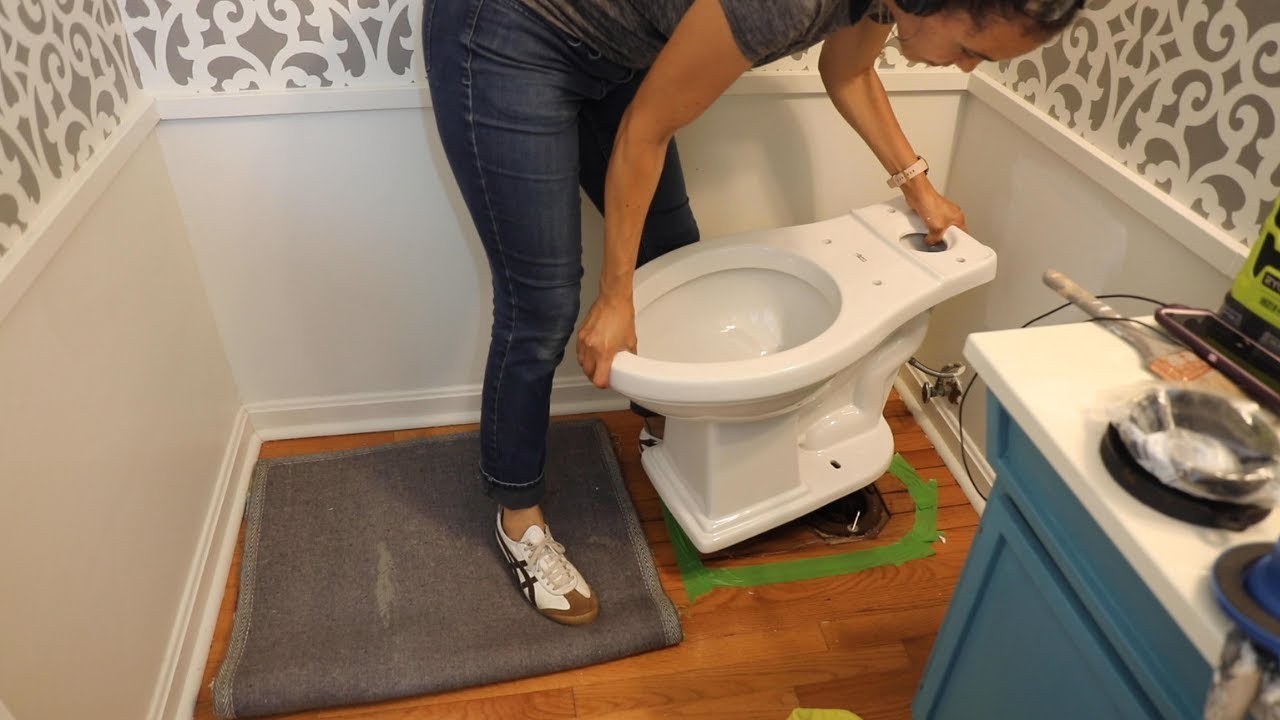
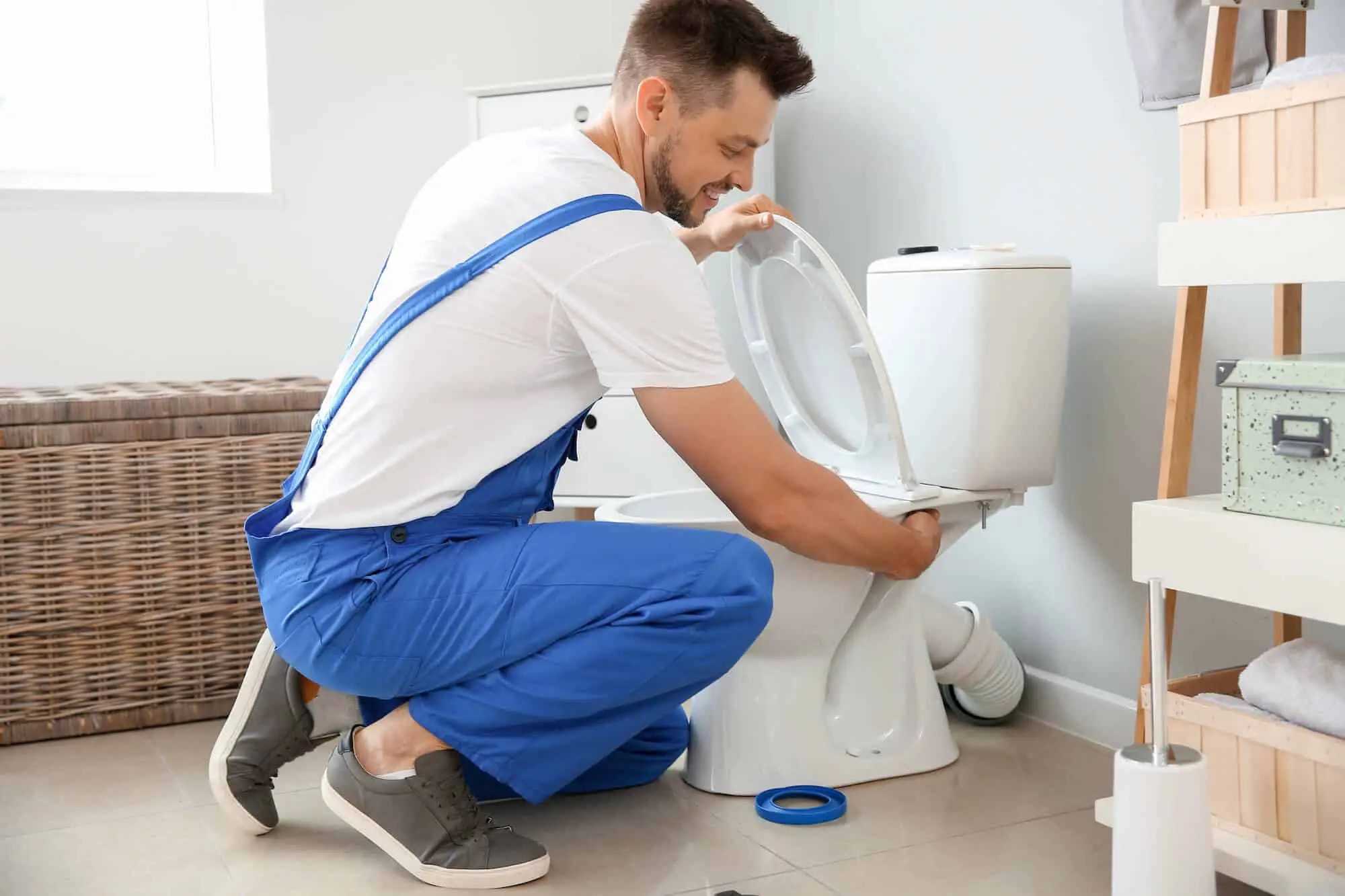
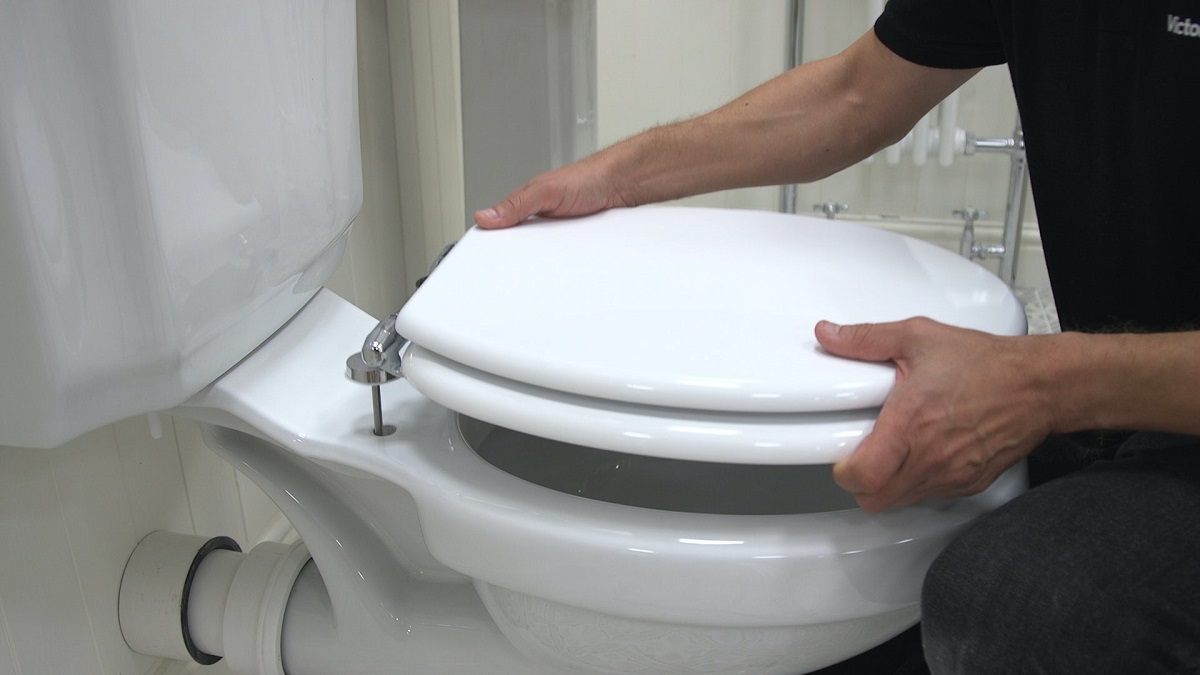
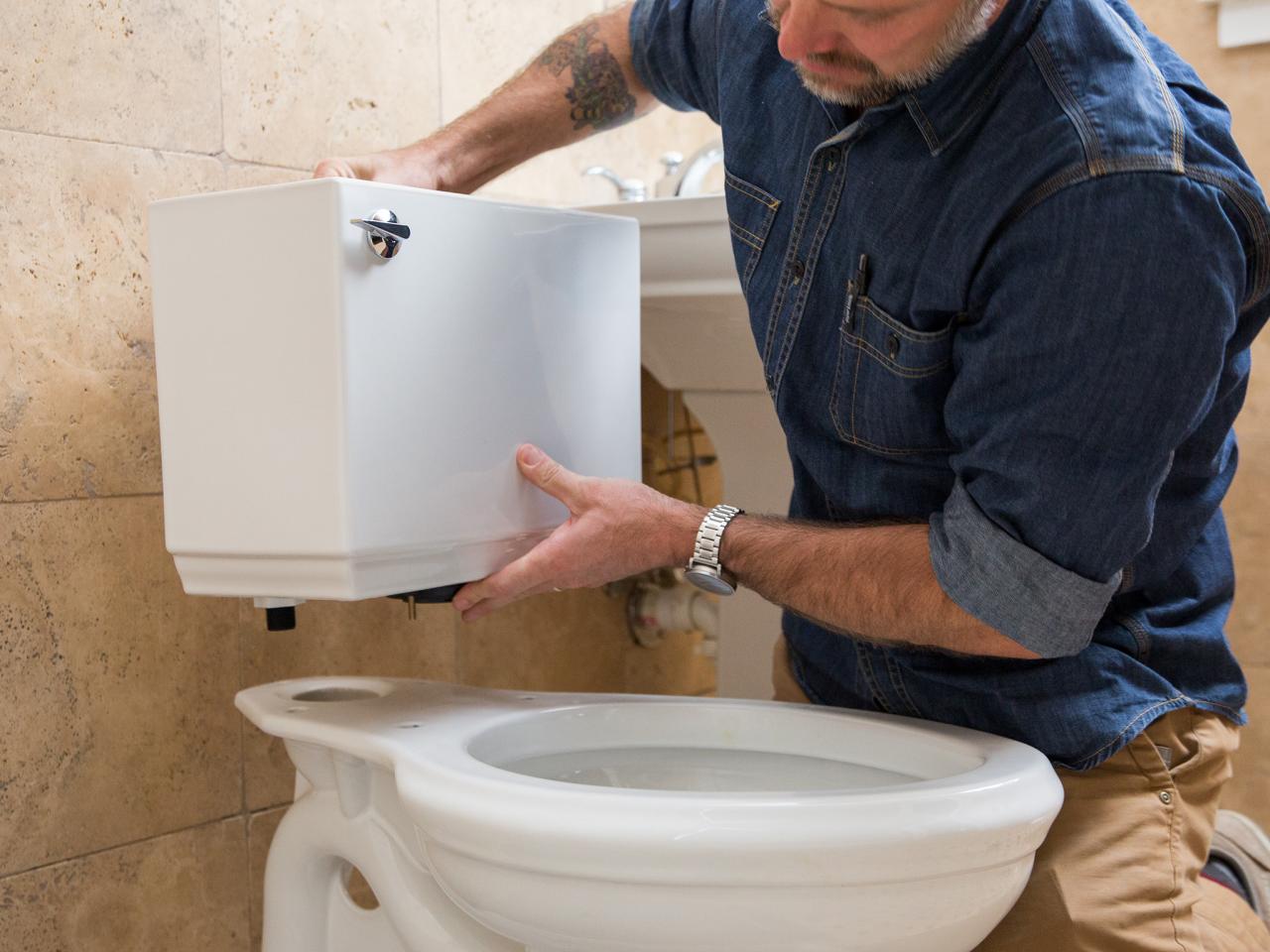
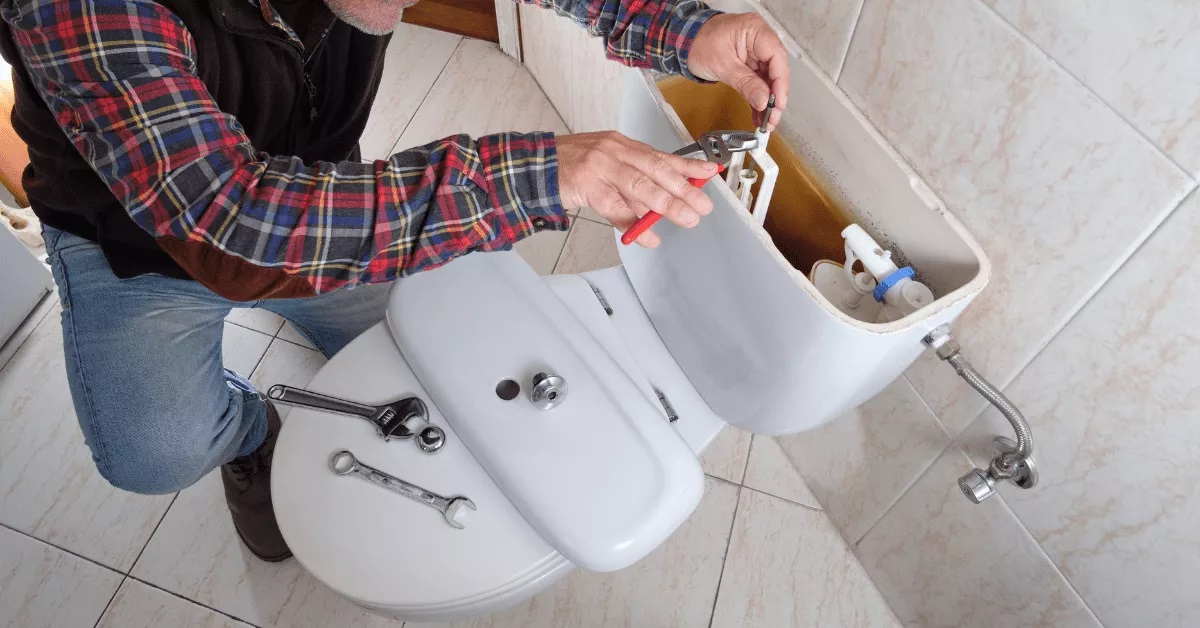
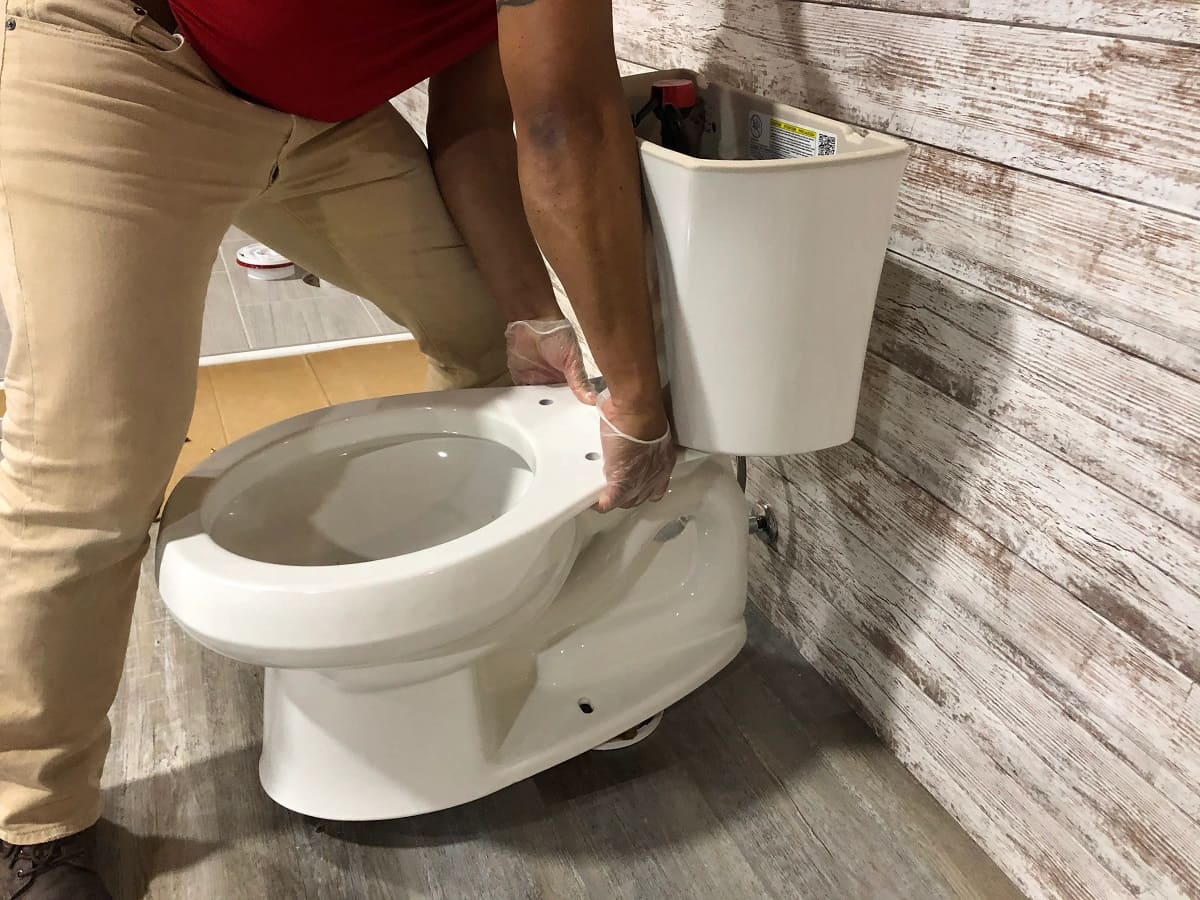
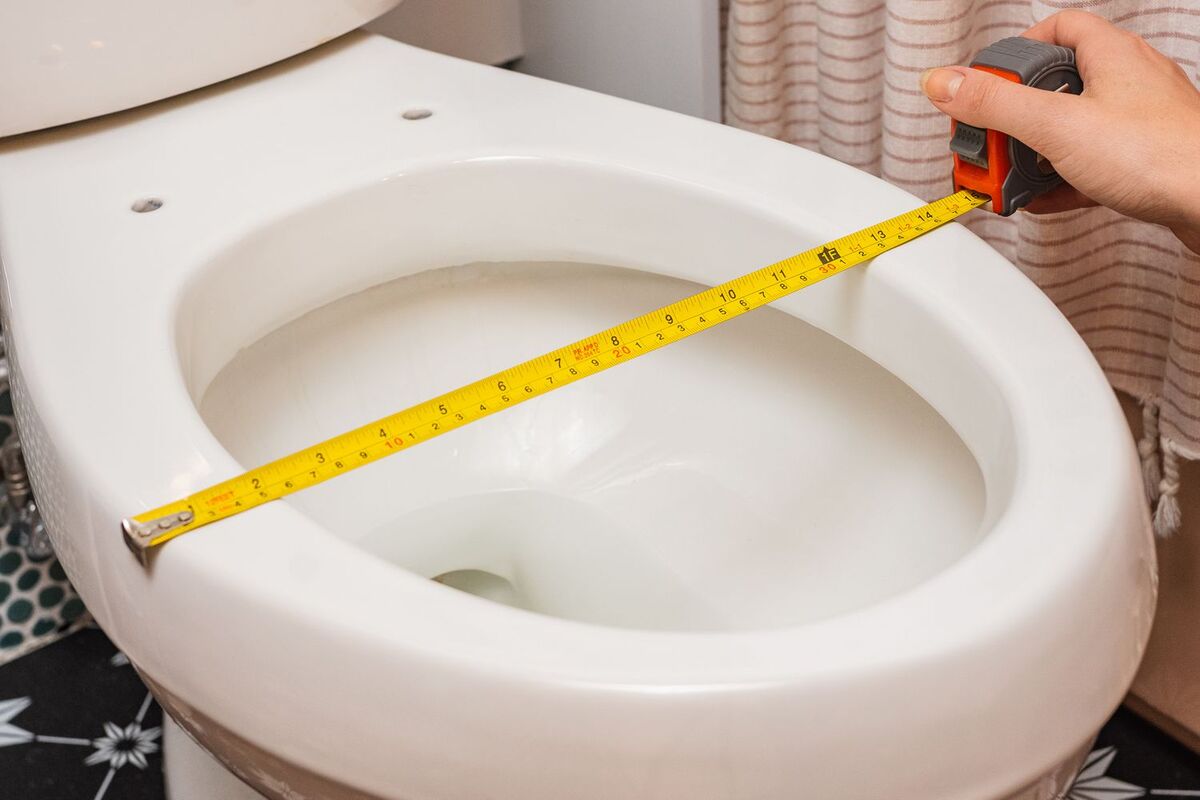
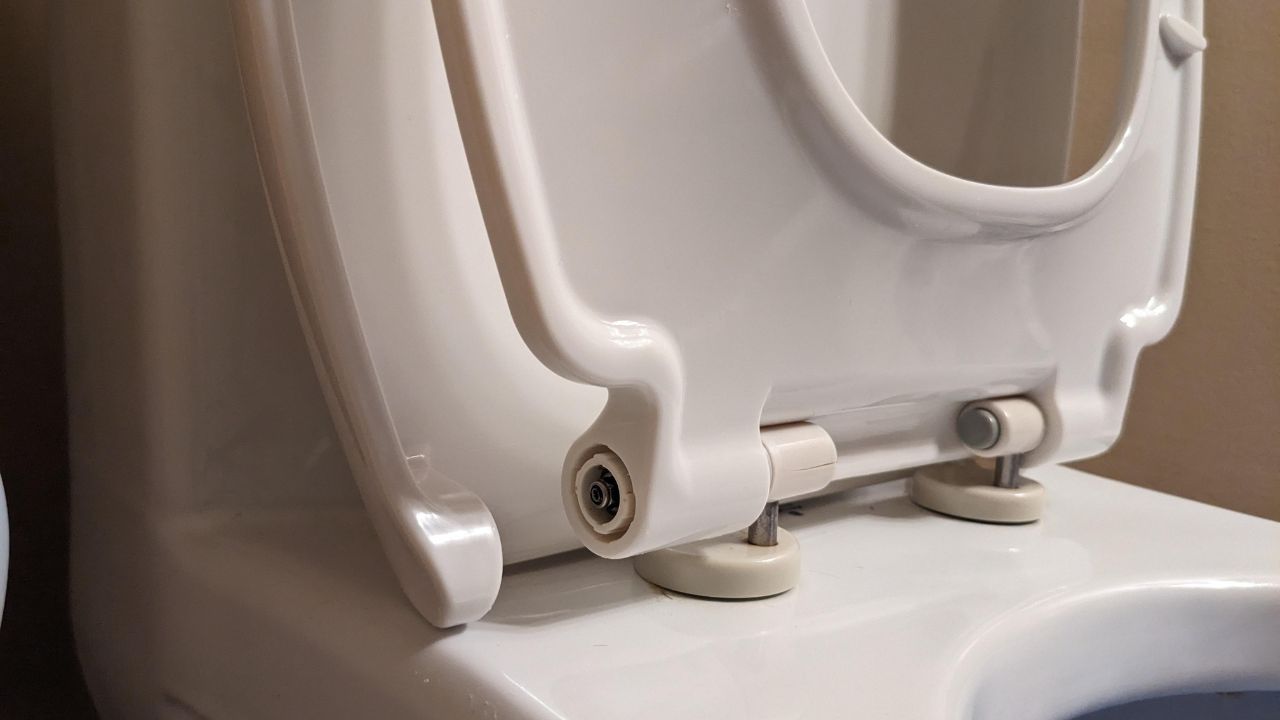
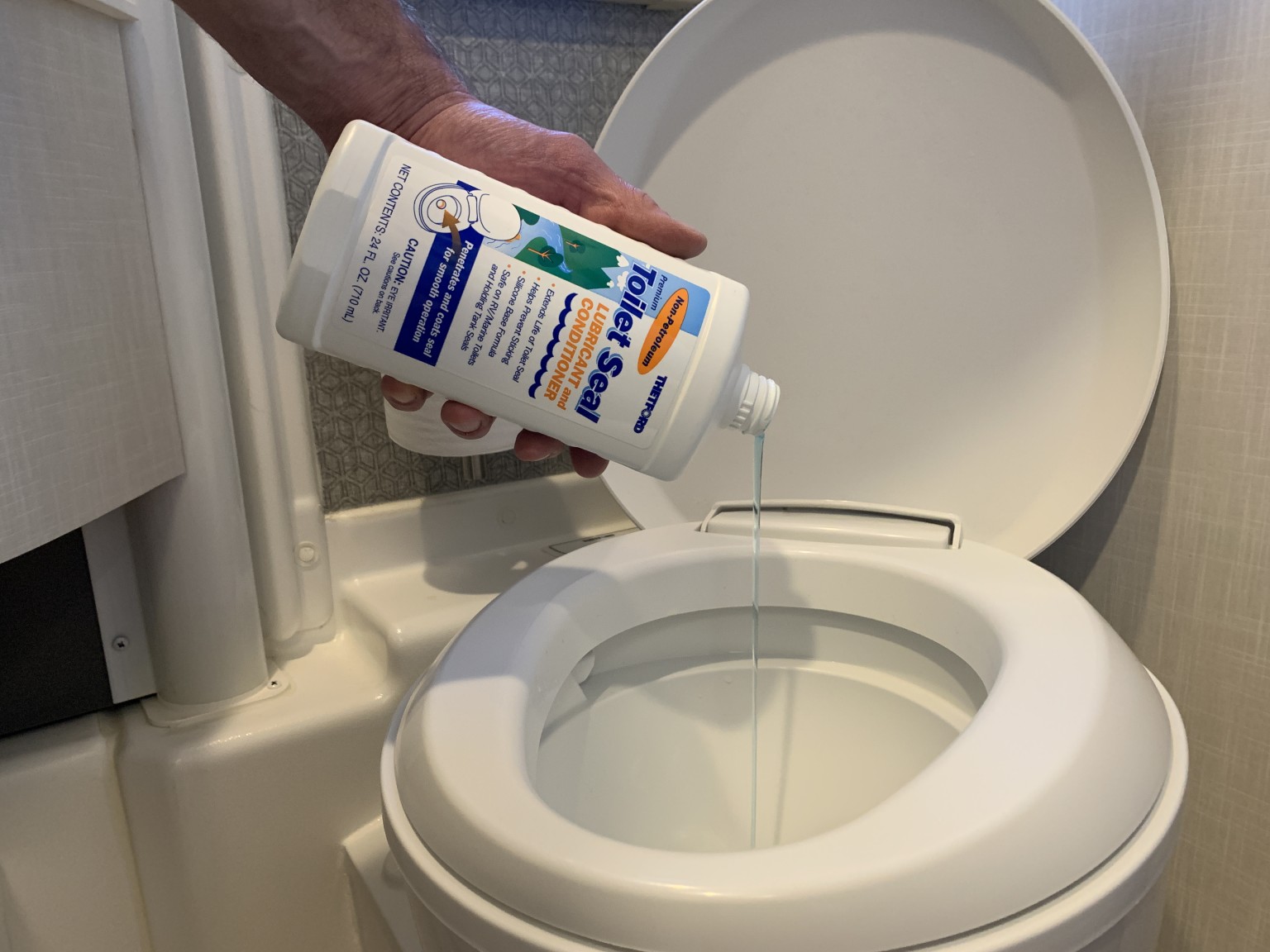
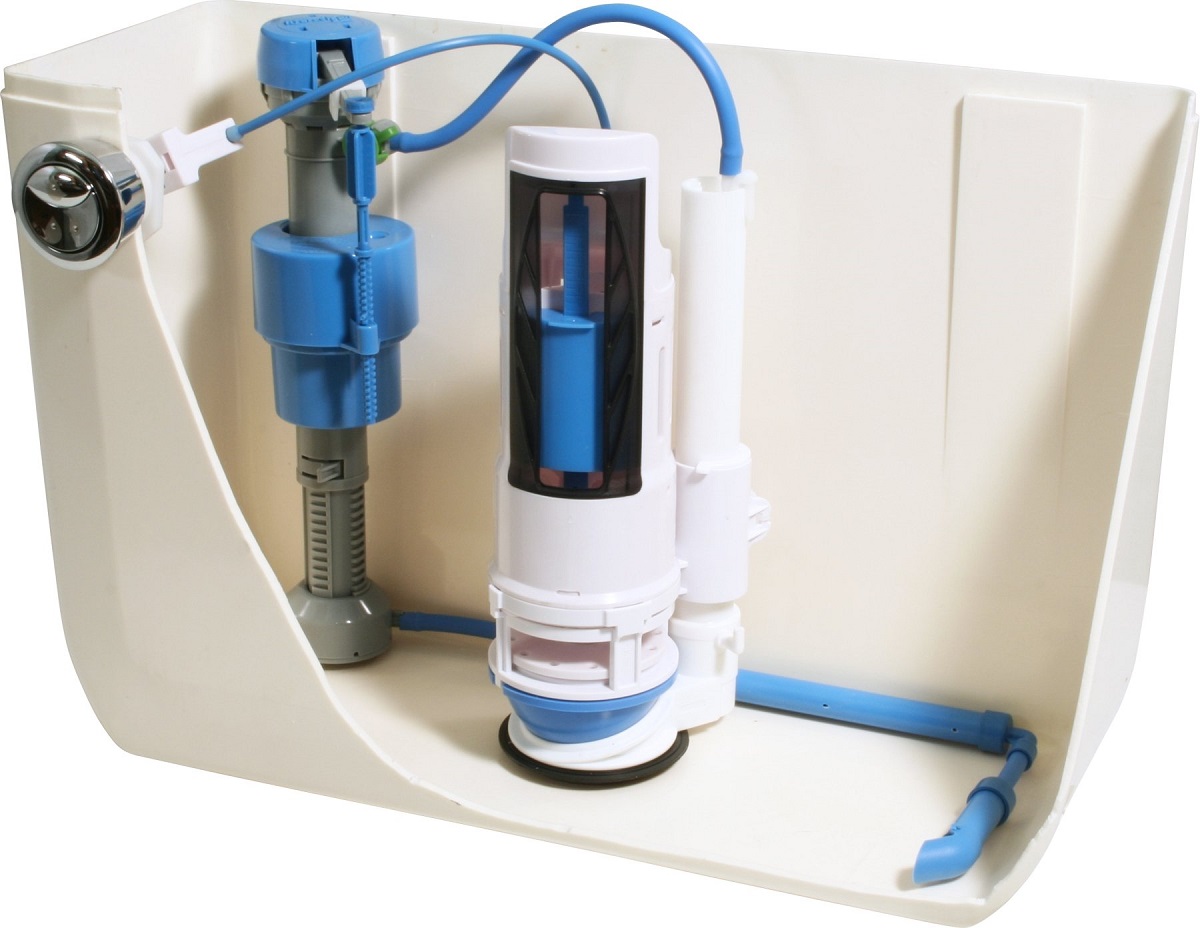
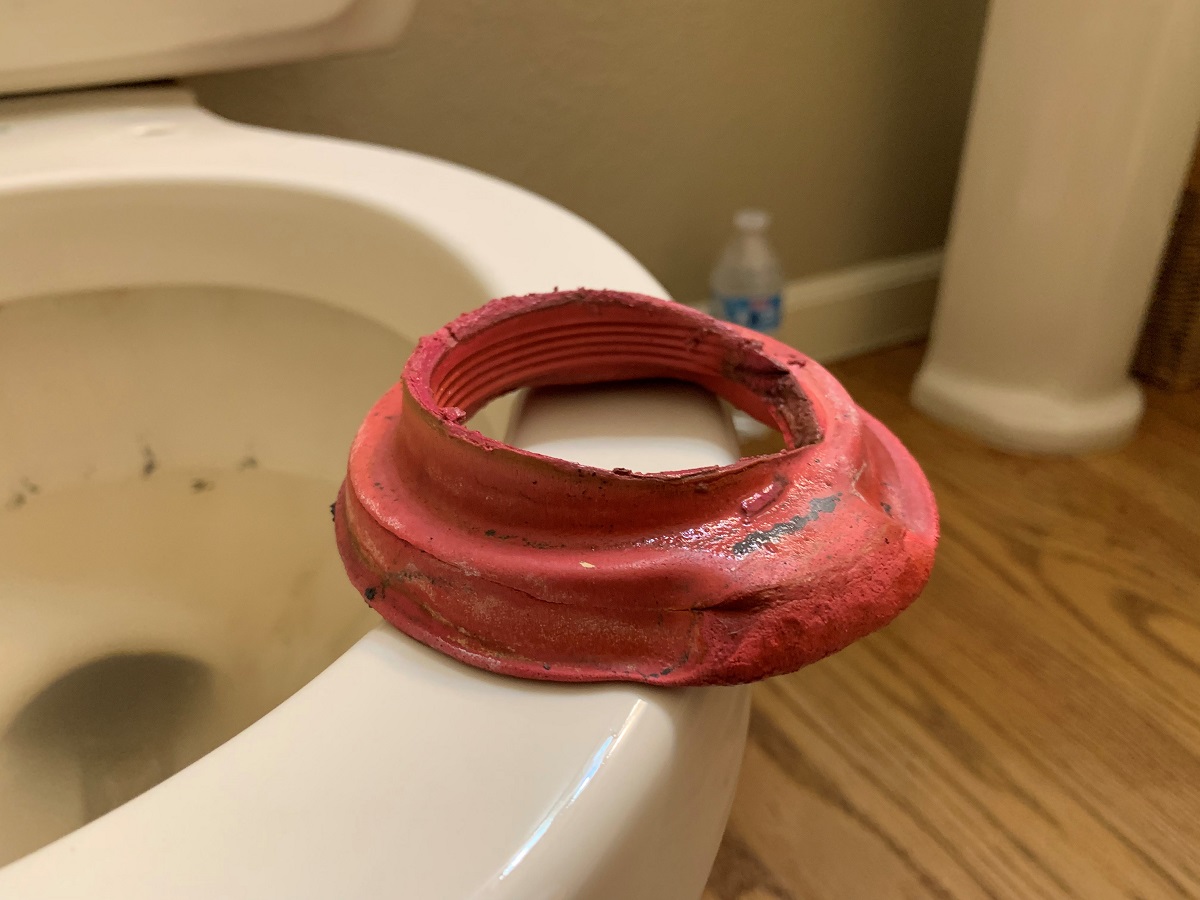
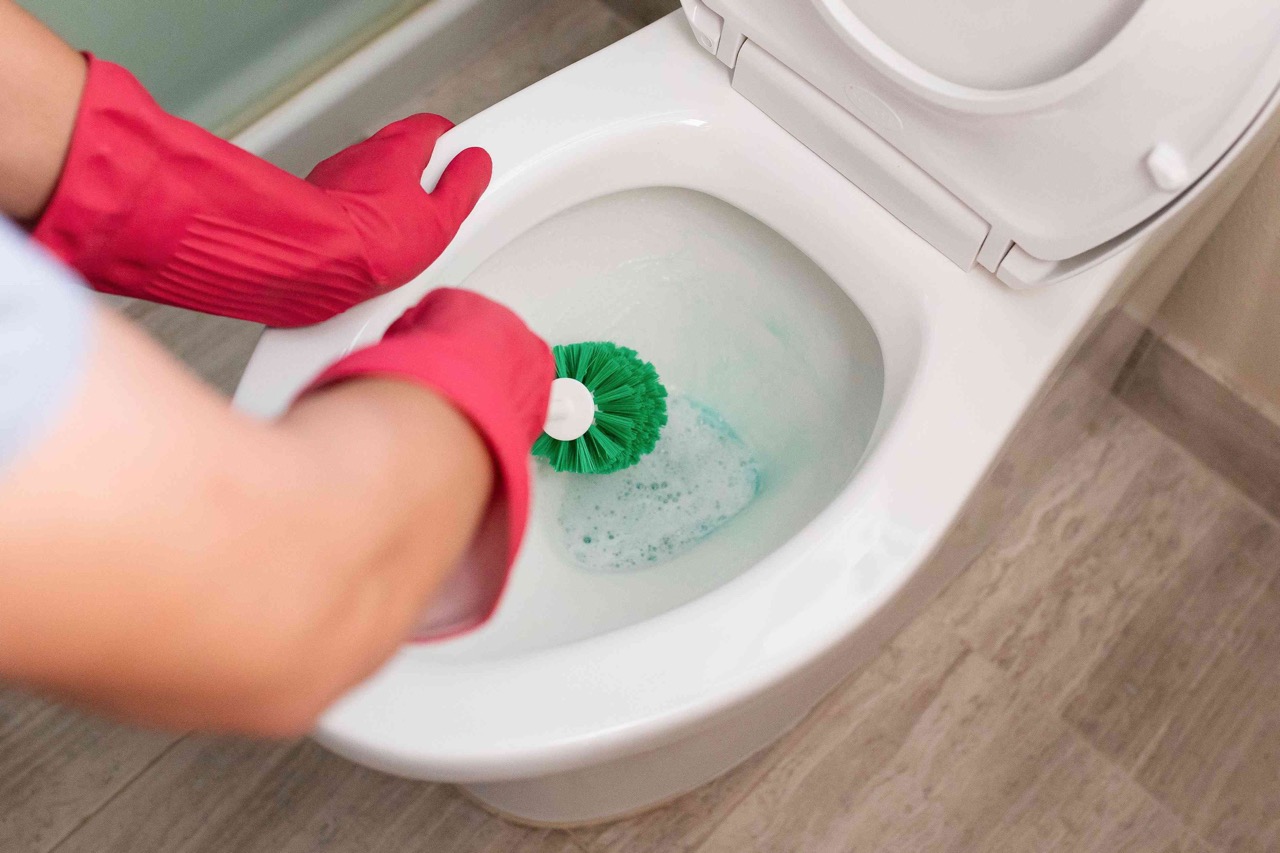
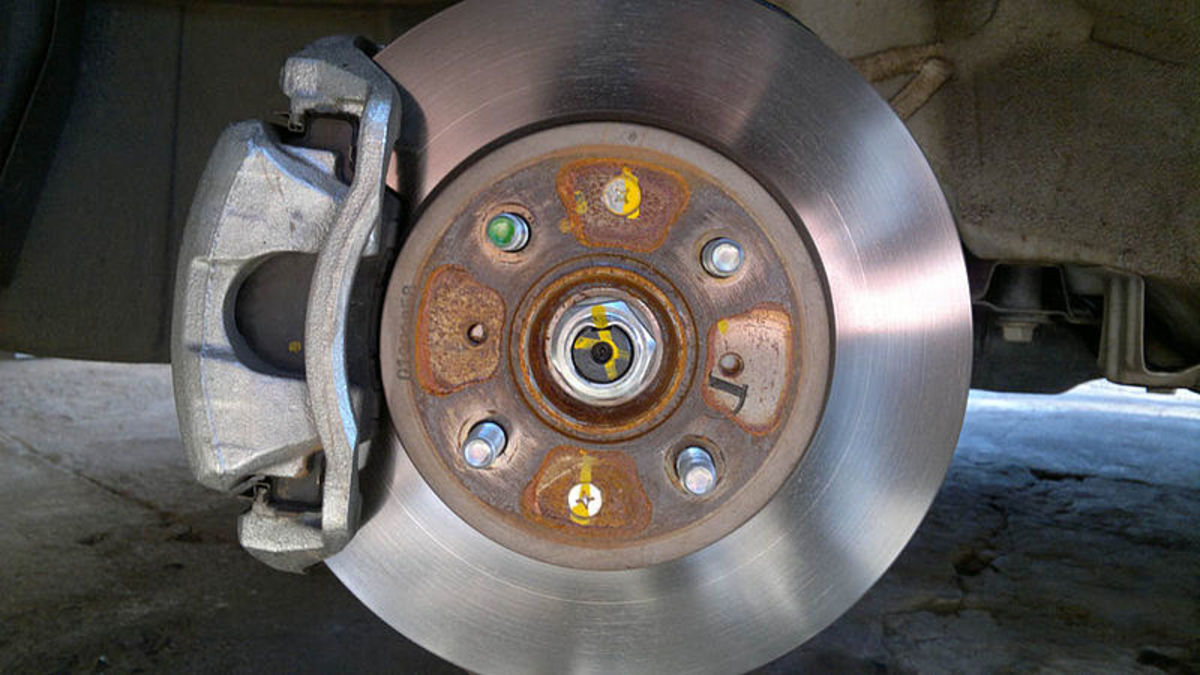
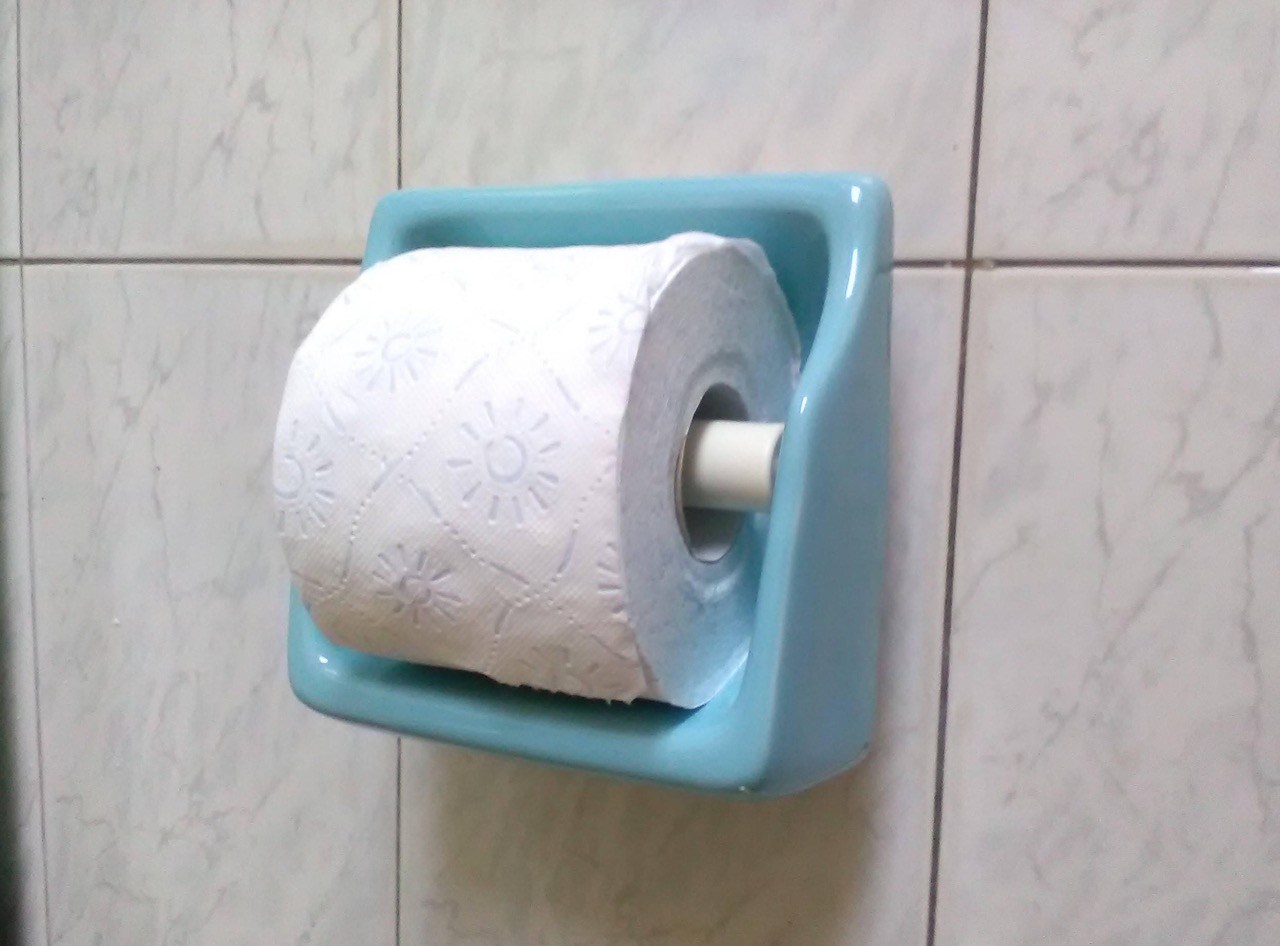

0 thoughts on “How To Replace Toilet Float”